Making a clock escapement
Making a clock escapement is a complex process that requires a lot of skill and precision. Here are some general steps that can be taken
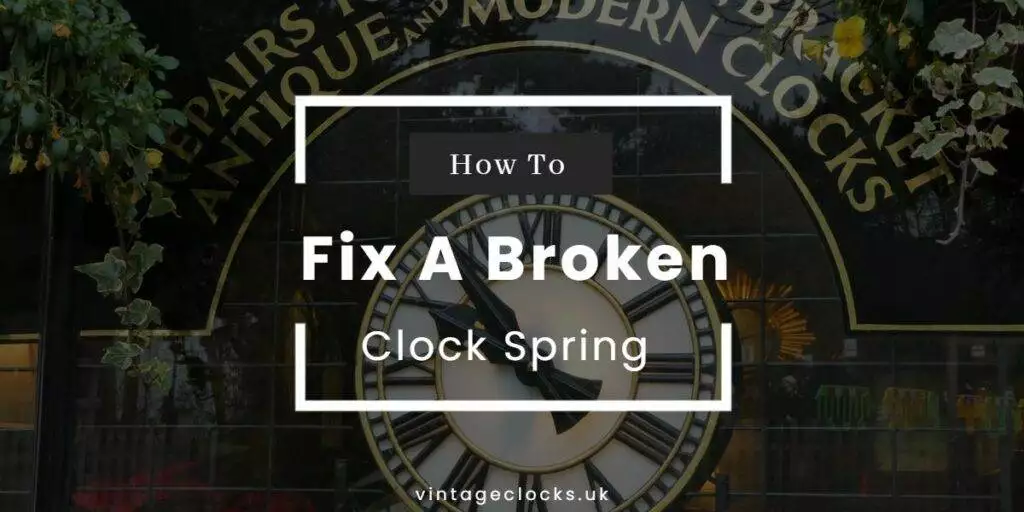
A broken clock is only as accurate as its spring. If you are dealing with a bad clock spring or a broken one, then the time will be off and you ideally want your clock in beat. Fortunately, fixing a broken clock spring is not that difficult. The good news is that broken clock springs are not that expensive to replace. The bad news is that they do require some degree of skill. With the right tools, knowledge, and patience, however, you can fix a broken clock spring in no time. Follow our guide on how to fix a broken clock spring if you don’t want to visit a clockmaker or a clock repair shop to get permanent repair professionally.
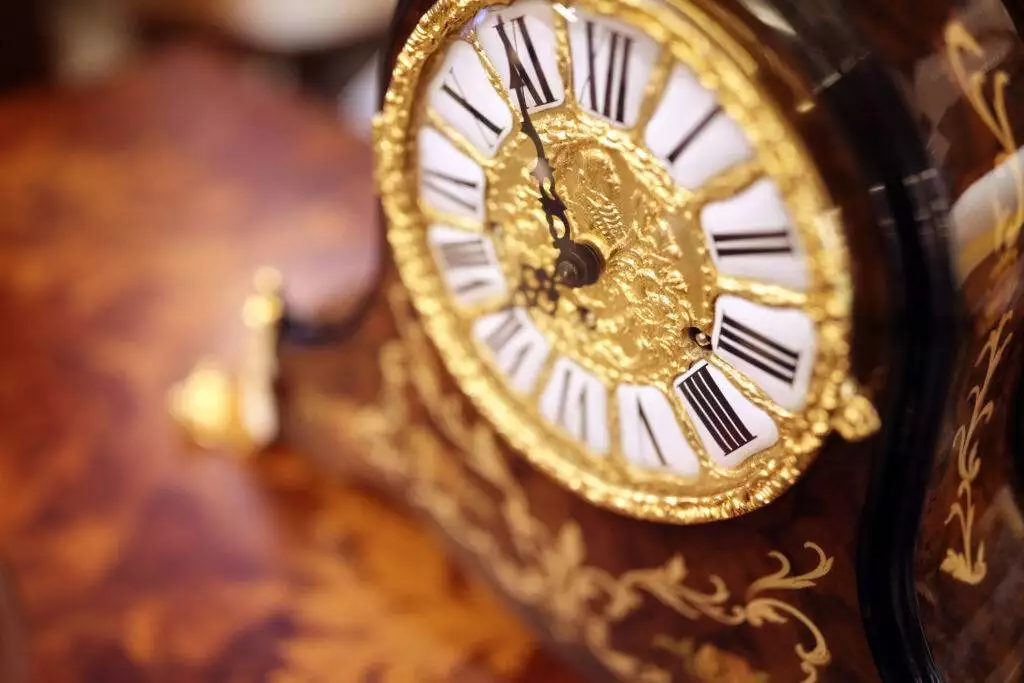
Typically, you will be able to tell if the clock spring is broken if your clock stops working. If you suspect you have a faulty clock spring, you can gently dismantle the clock and check yourself that you are confident enough in doing so.
Firstly, you should start off by washing the insides of the mainspring barrel with petrol, if you find that the barrel is oily inside. Then you can proceed by cutting off the broken piece of spring, and angle off the corner using pliers that can cut through metal.
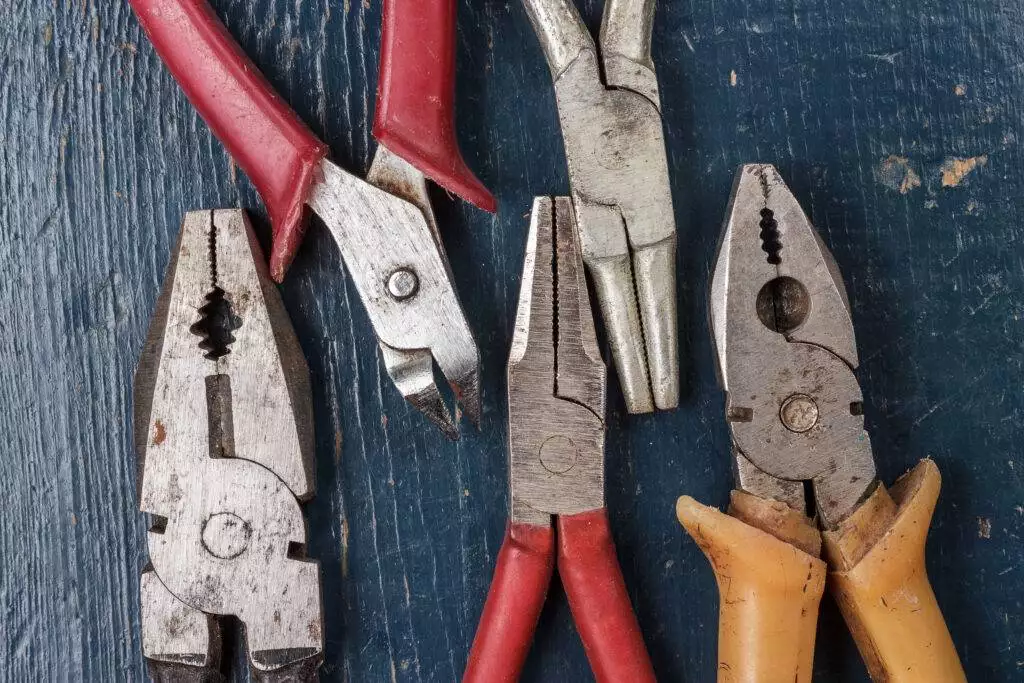
Use the broken piece of the spring as a template to carve out the next hole and mark the outline of the new hole with a pencil so that the hole is central. After that, you can heat the spring using a propane torch and when you start to see a dull red colour appearing on the metal, turn the torch off and let the metal cool down.
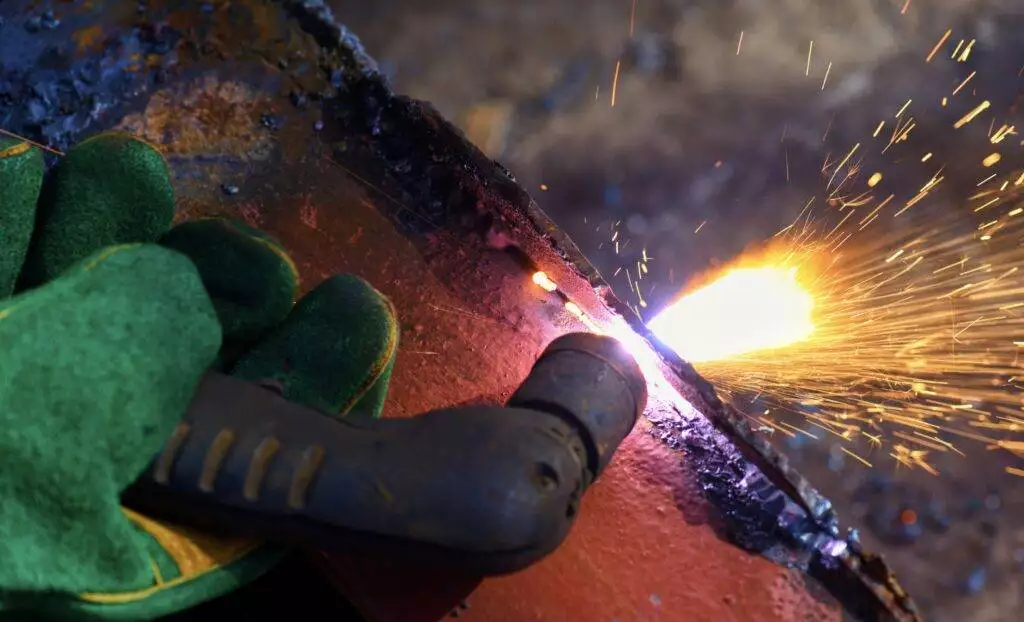
Next, using a centre punch, add holes to the top and the bottom of the new hole so it makes it easier to drill the new hole fully into the spring. Furthermore, you should lubricate the spring barrel using engine oil and leave it to set and dry.
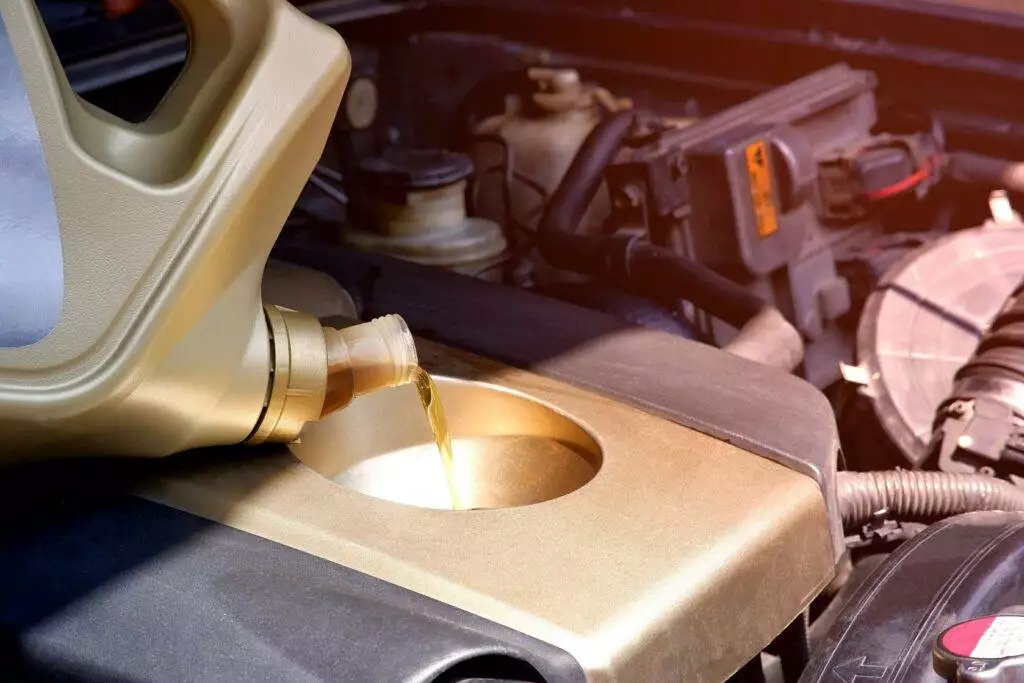
Using the centre arbour and the centre shaft to place into the hole and in the centre of the barrel, you should feel it catching the tensions of the spring on the inside of the barrel. Oil the spring lightly and line the hole in the back of the barrel with the hole in the centre of the spring. Lastly using a vice, tighten the back of the barrel into the spring and it should be secured nicely all around.
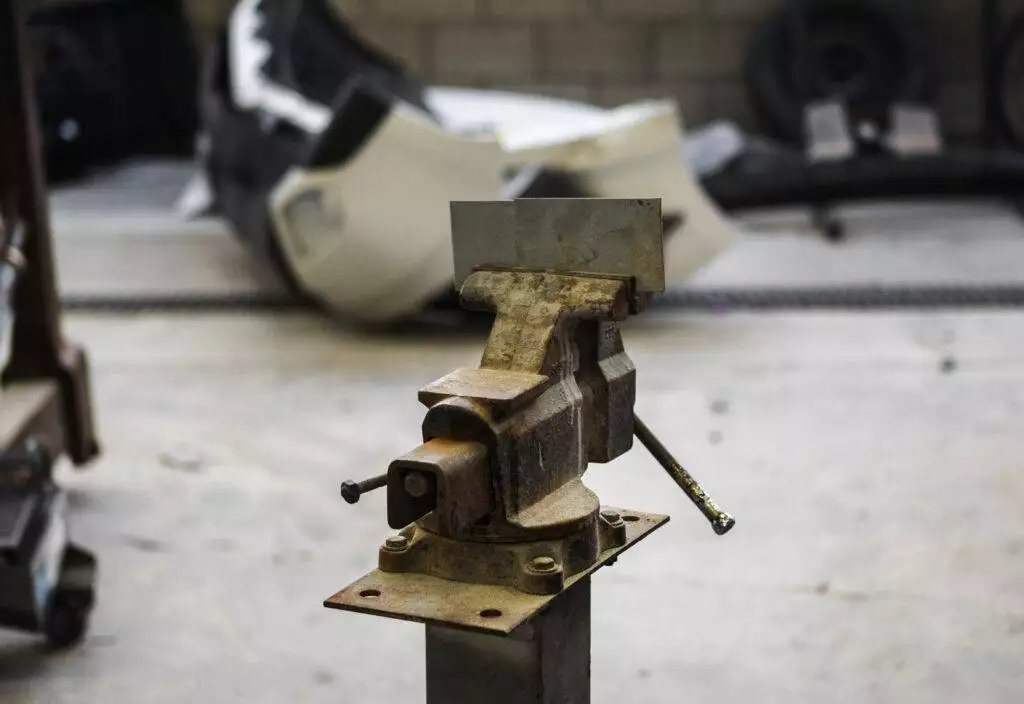
Conclusion
After completing all of the steps above, you should now have your new and improved clock spring. If you are not trained professionally in clock repair or clock making, this procedure might be difficult to carry out as you may not have all the equipment needed. However, if this becomes too difficult to carry out, you can always take your broken clock or item to an antique shop where professional clockmakers will be able to help.
Making a clock escapement is a complex process that requires a lot of skill and precision. Here are some general steps that can be taken
Antique clock restoration is a meticulous process that requires a great deal of patience and skill. The process involves disassembling the clock, cleaning each component,